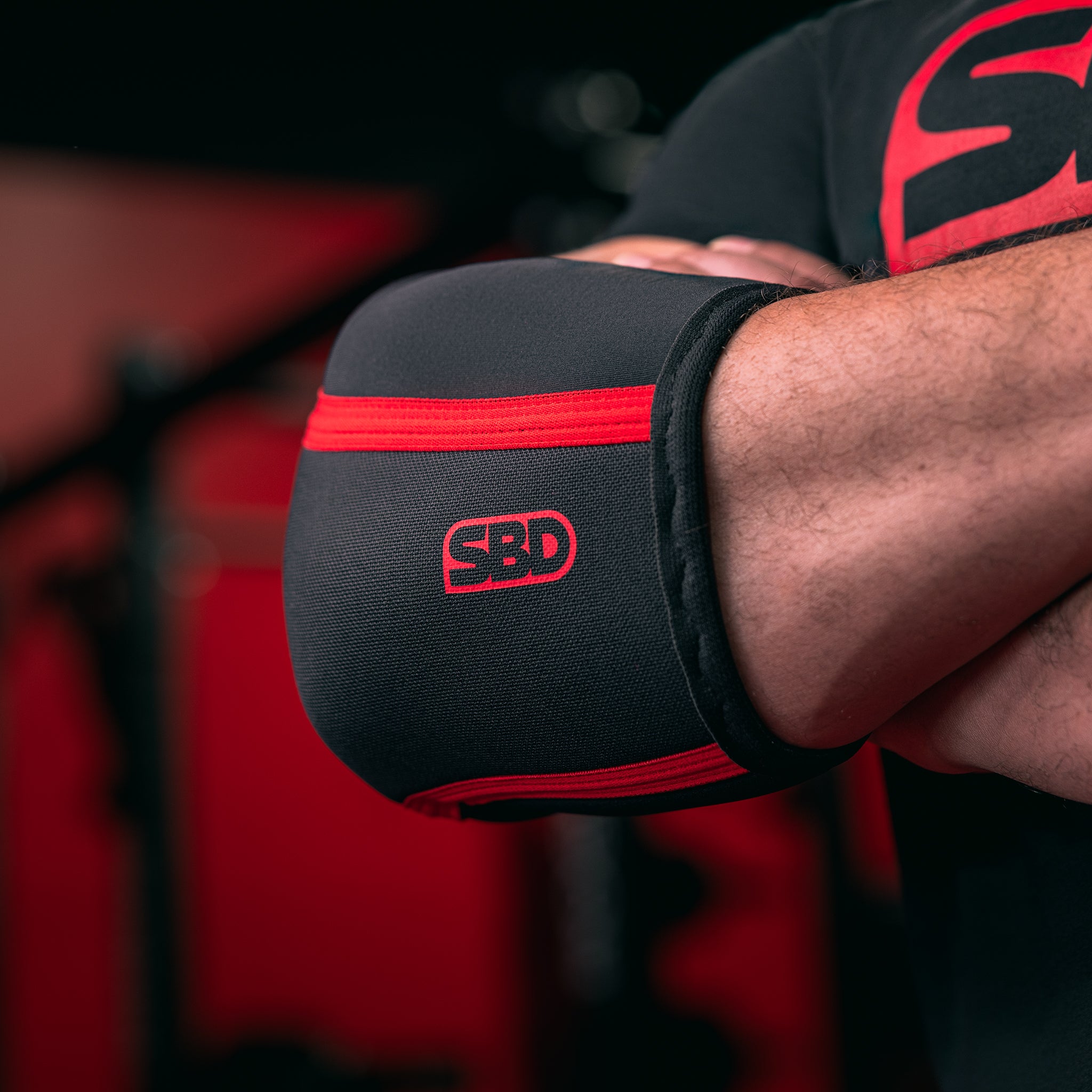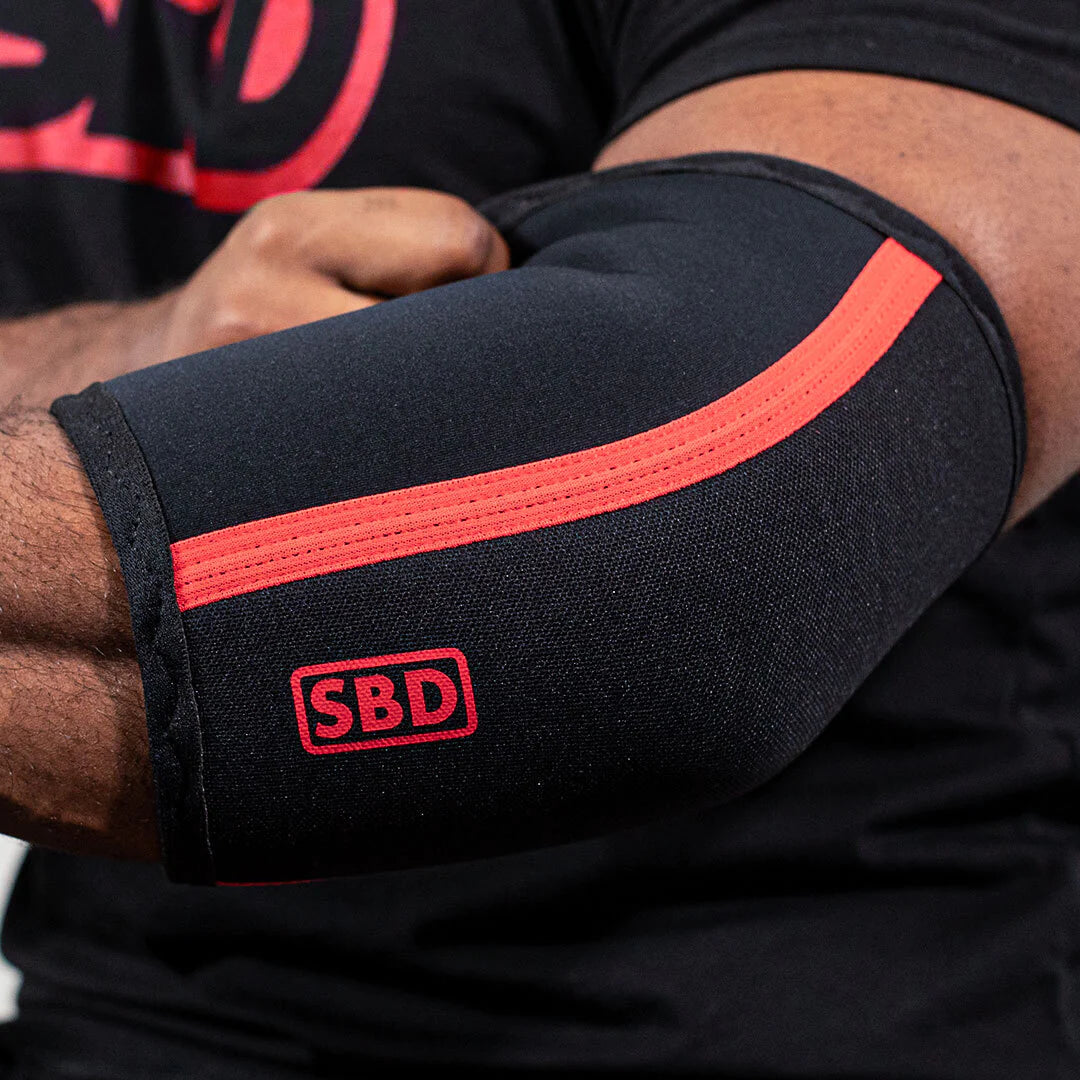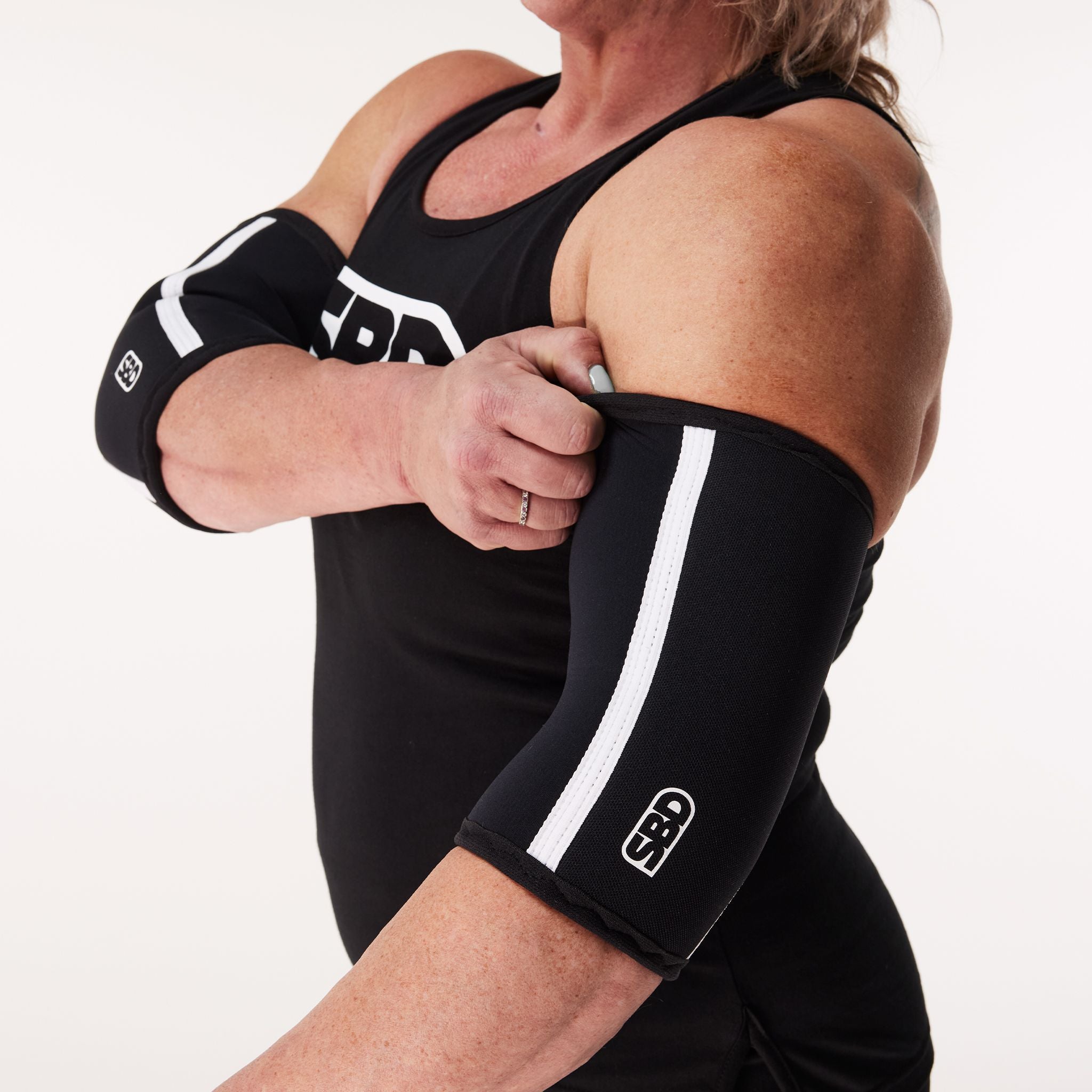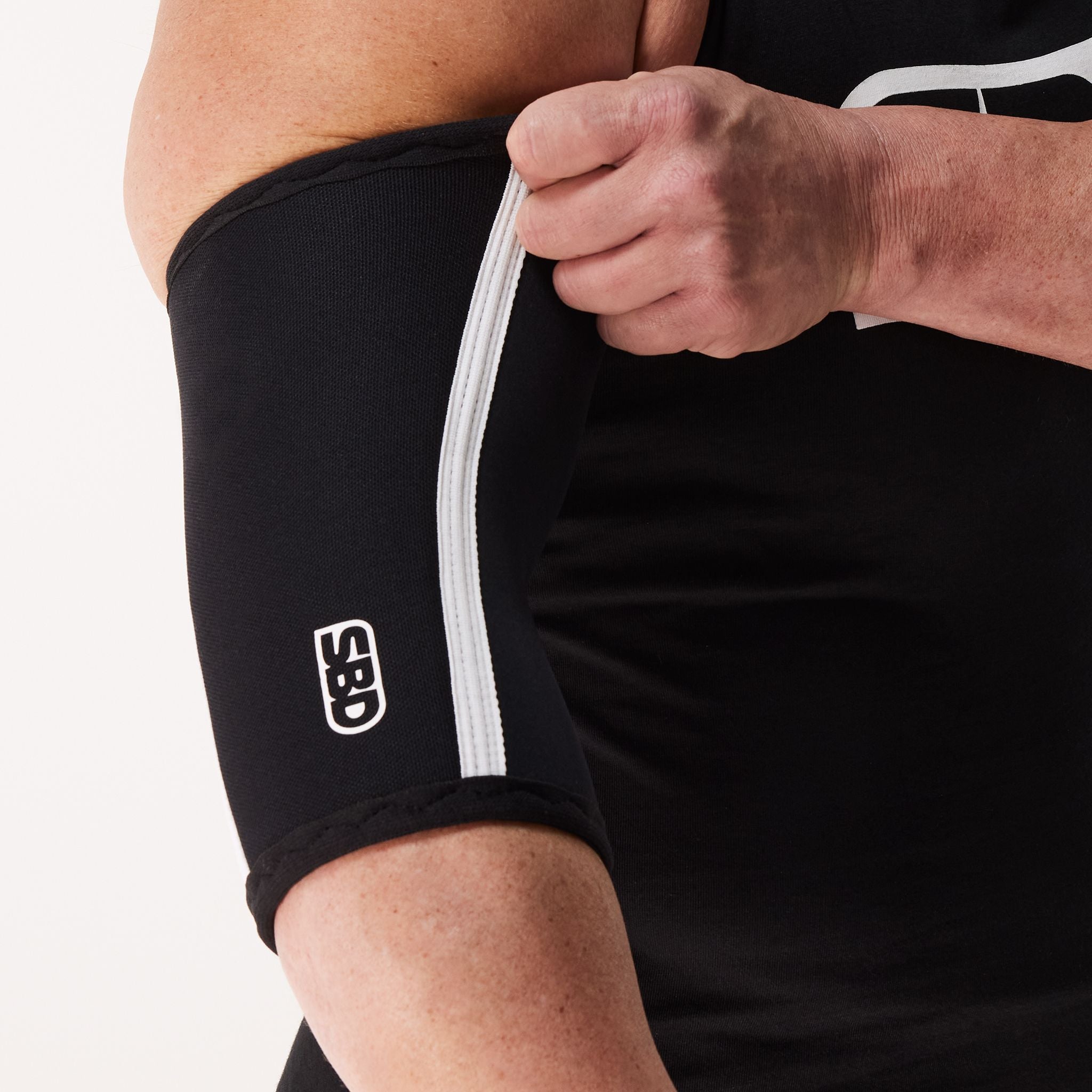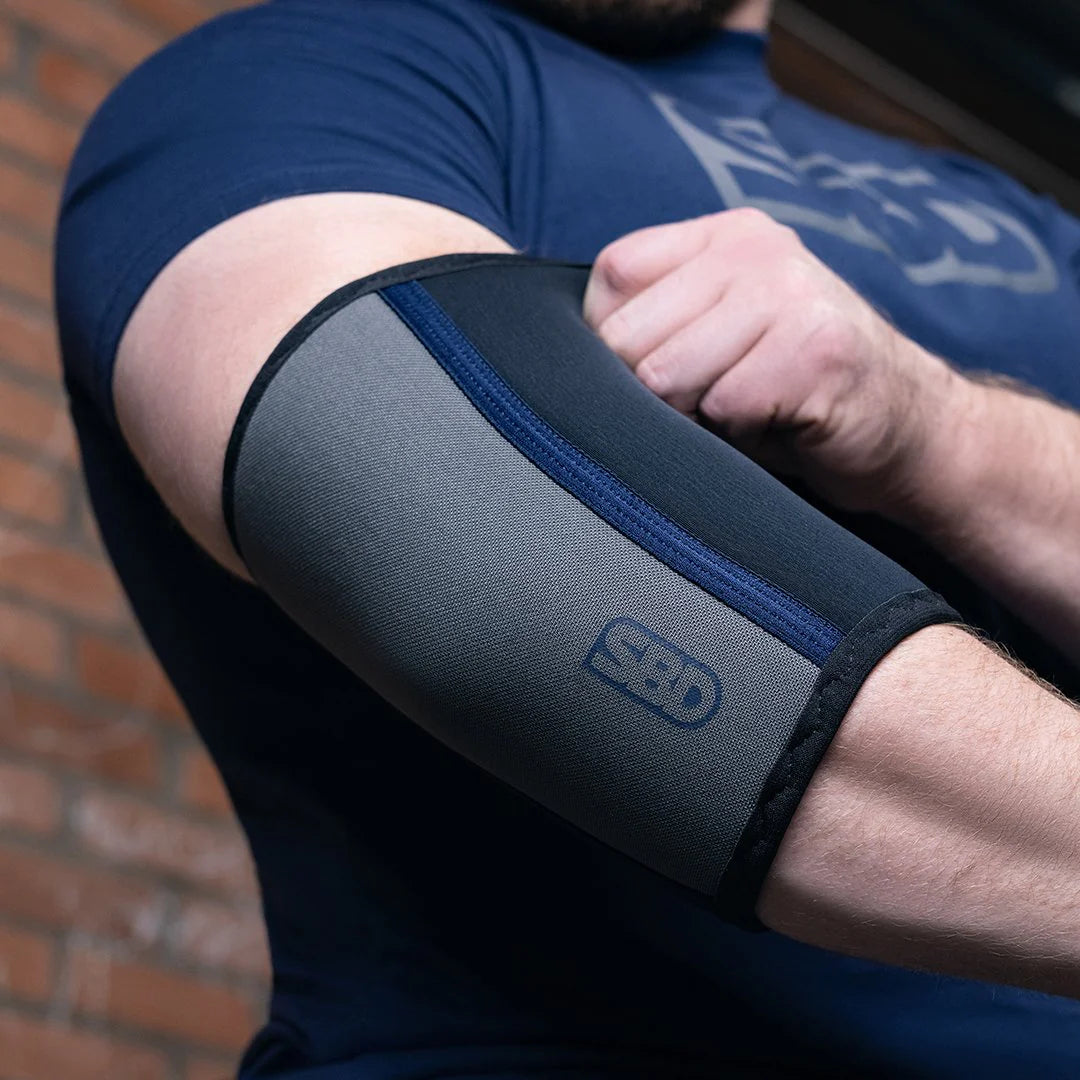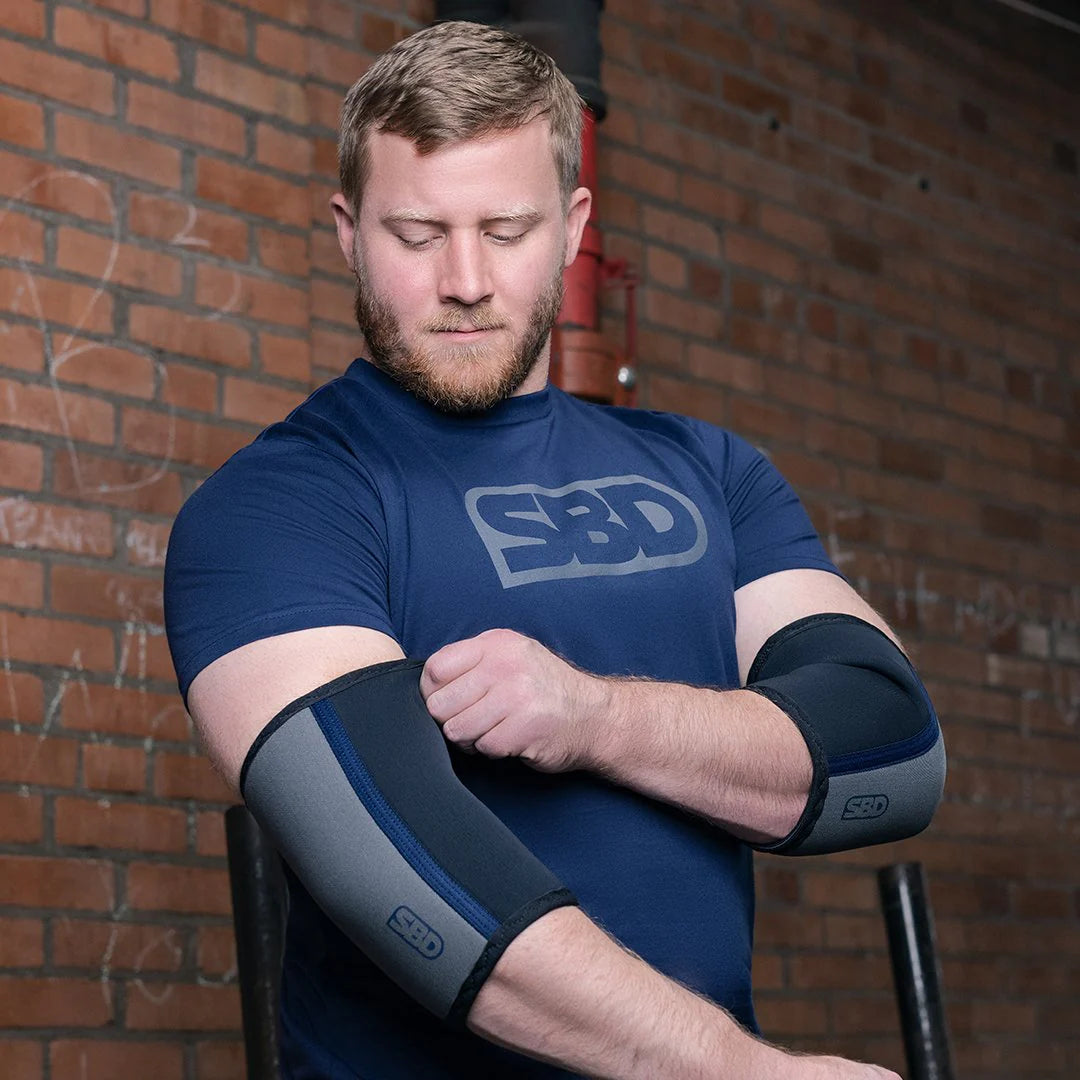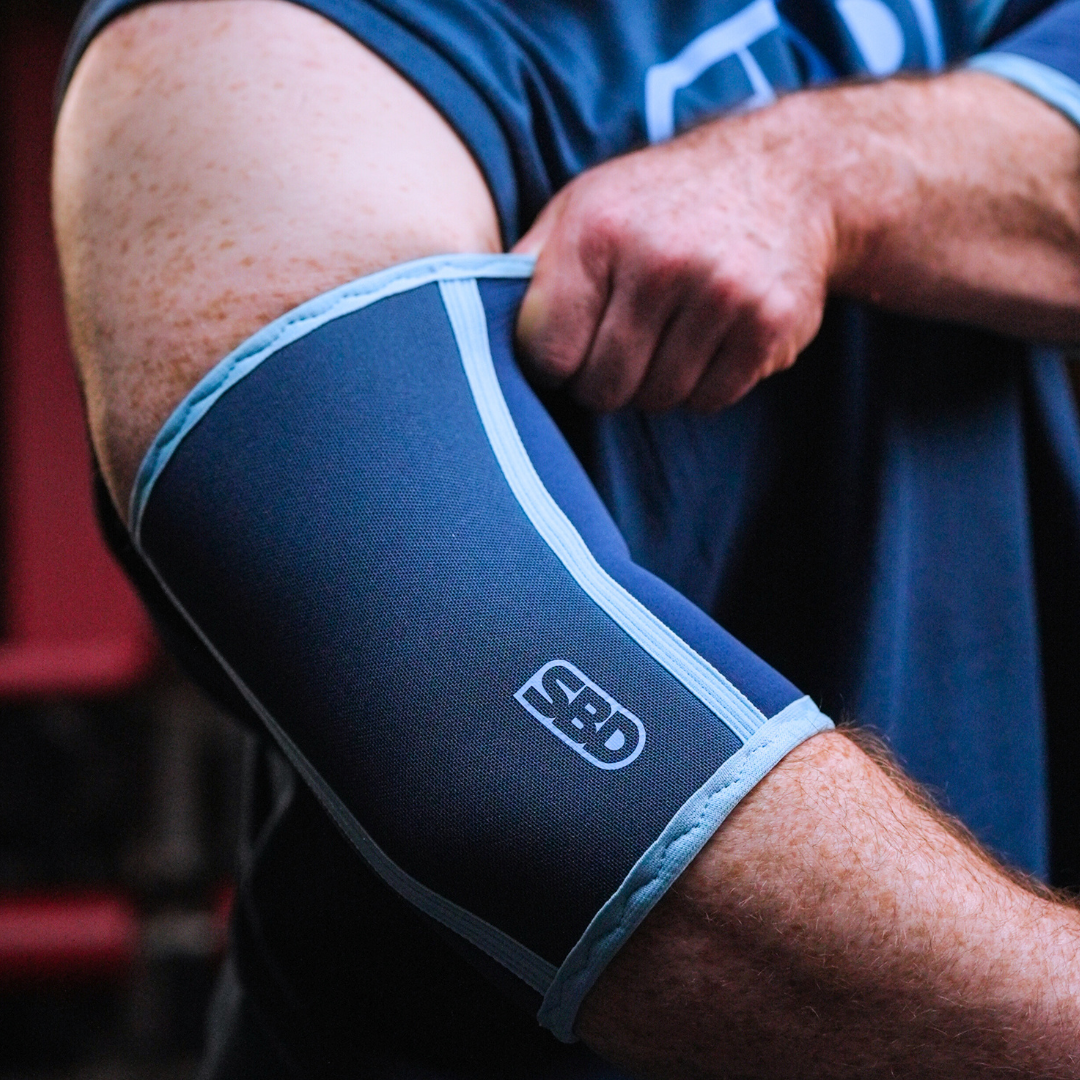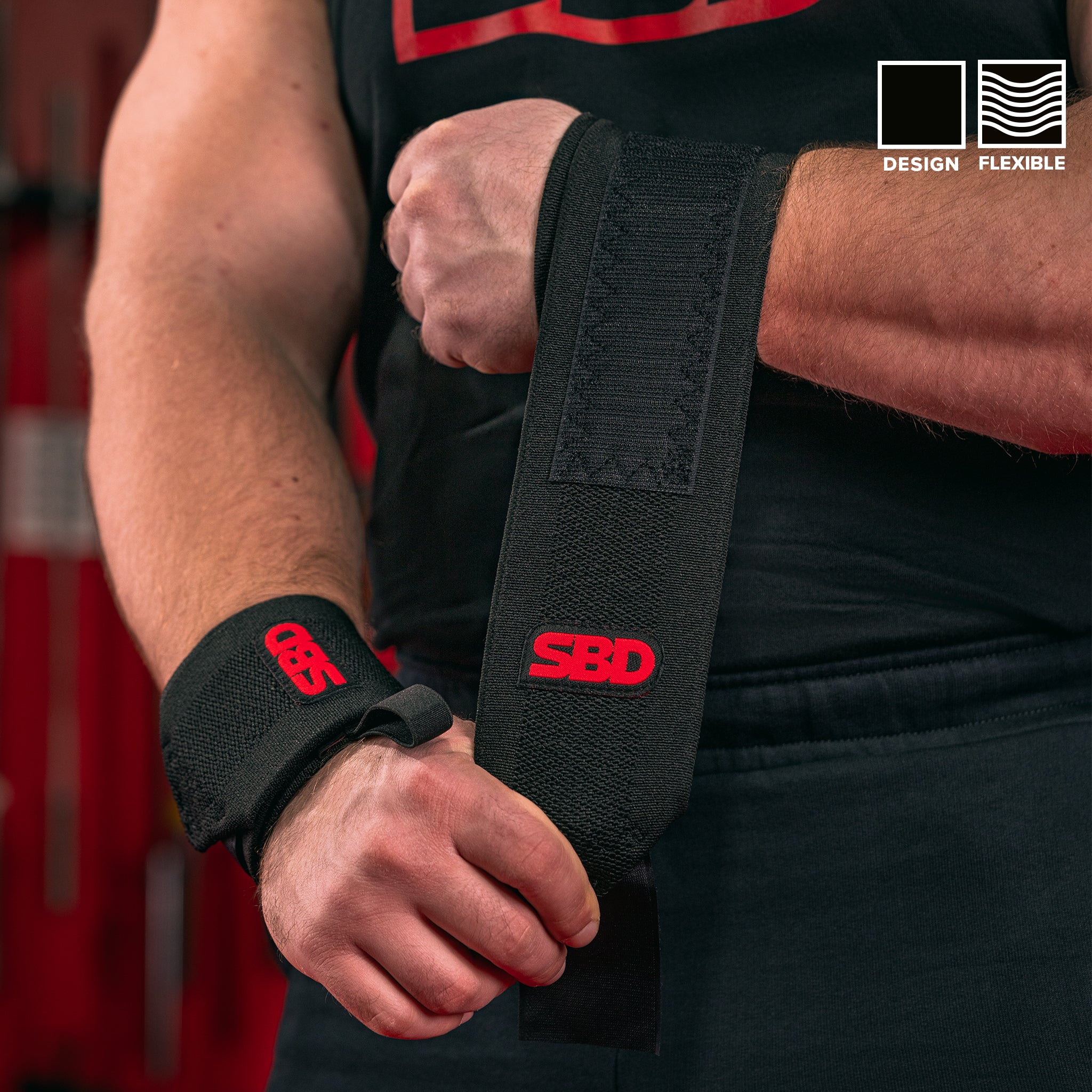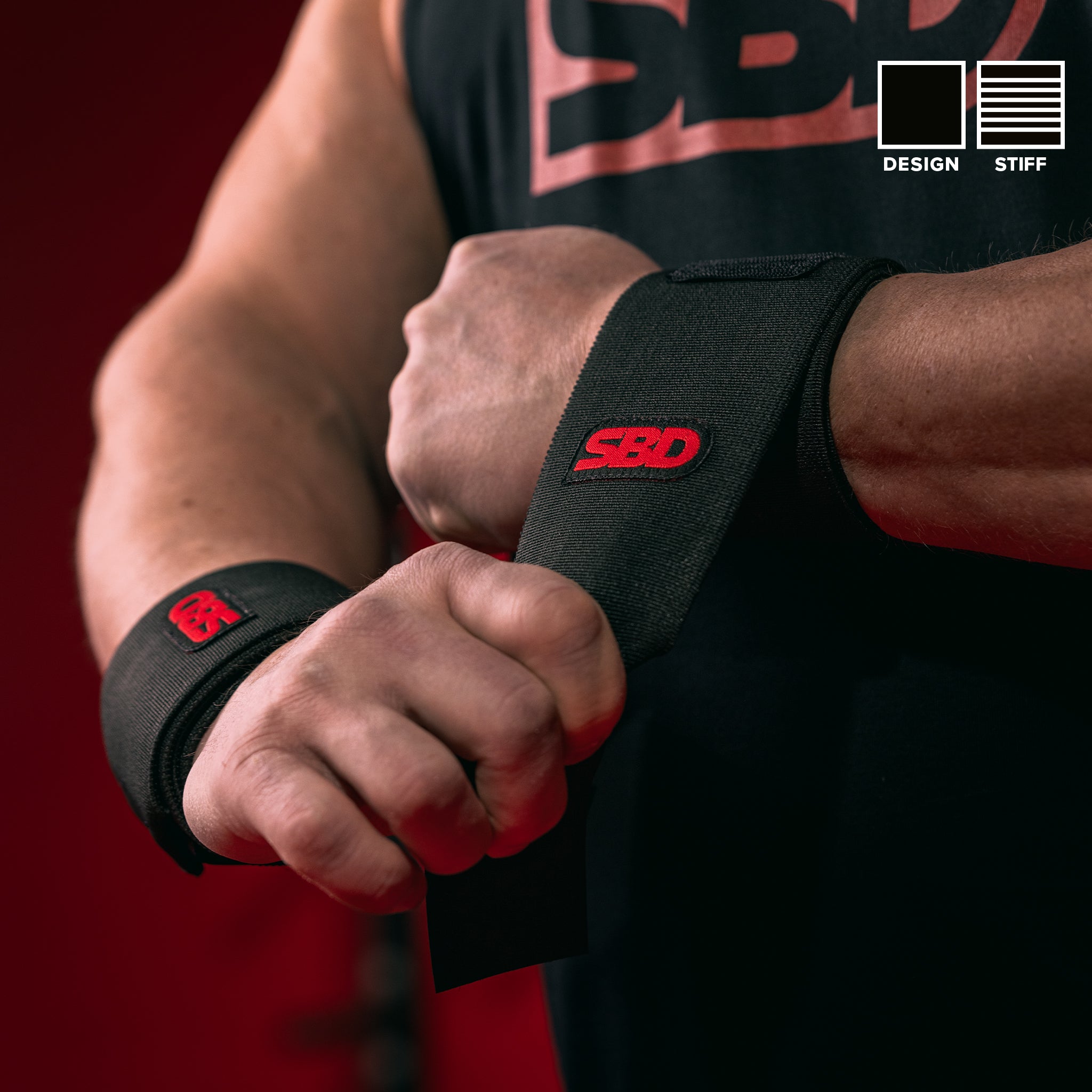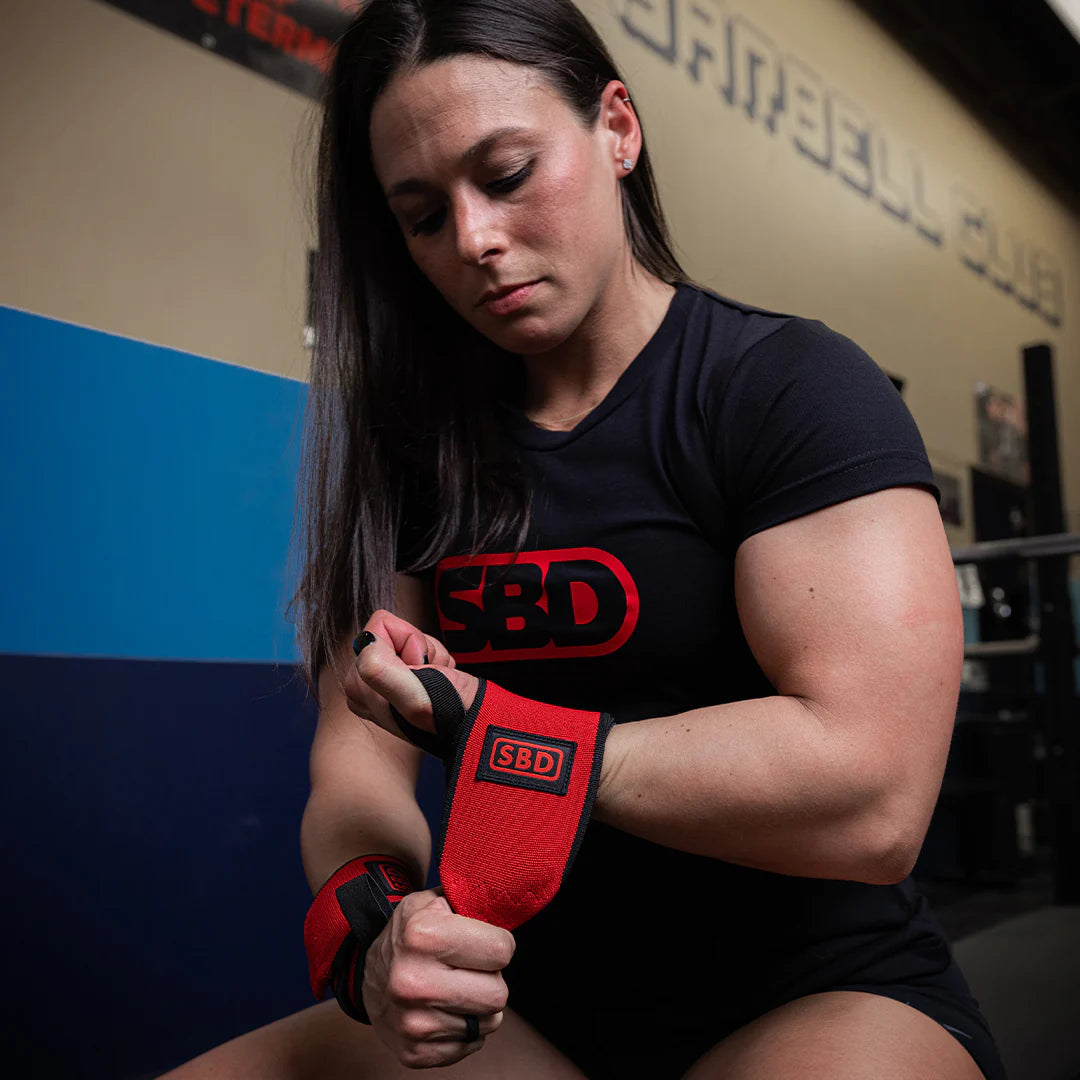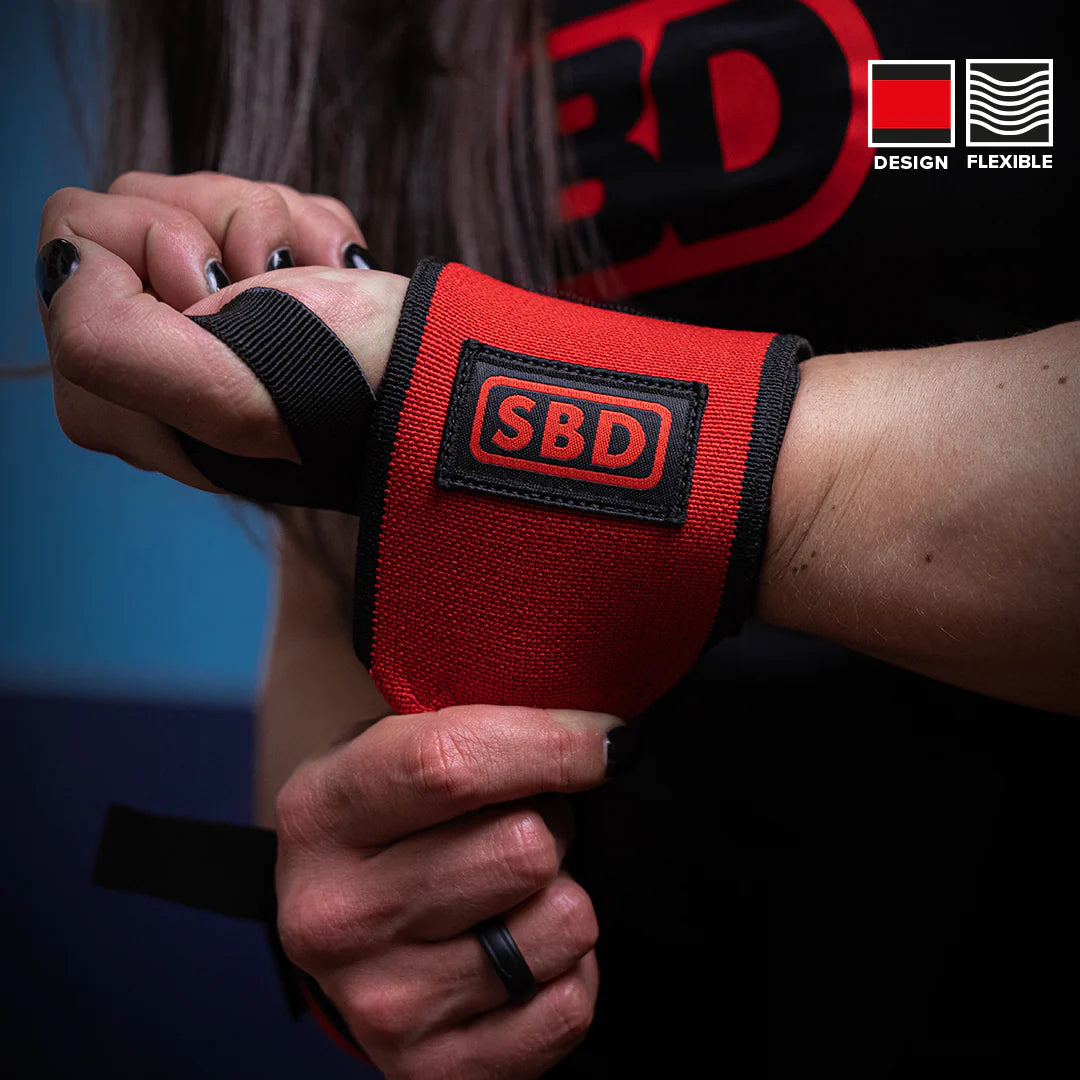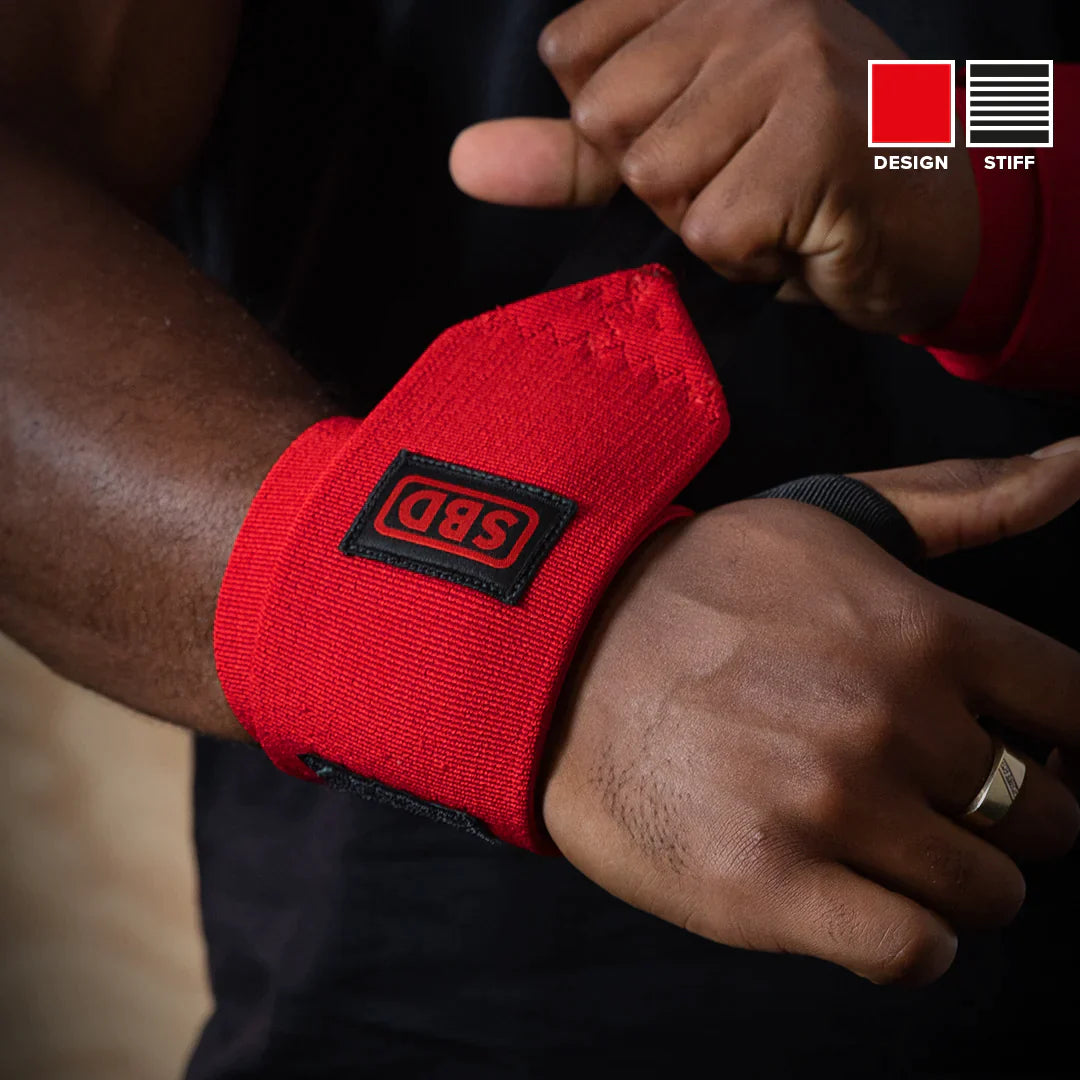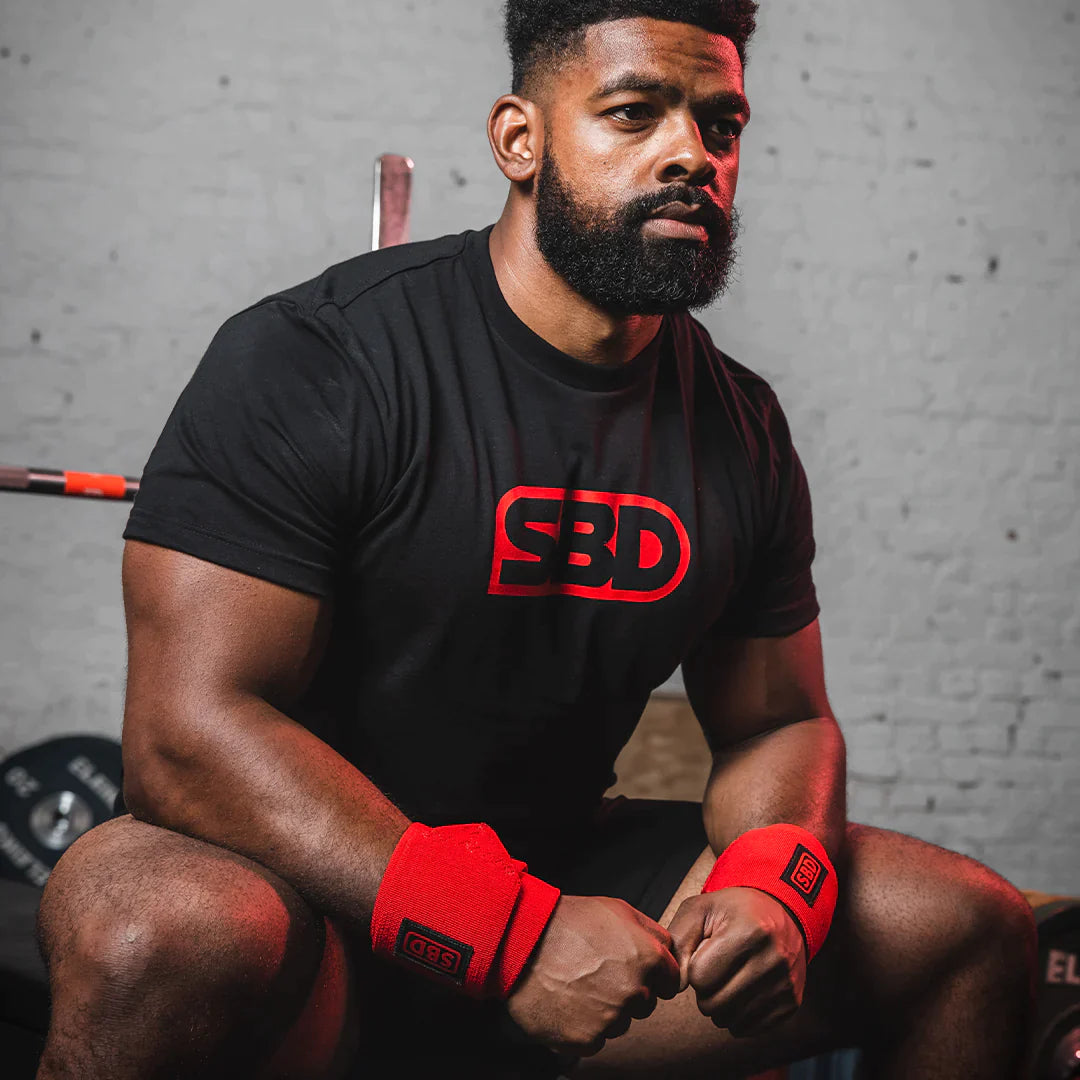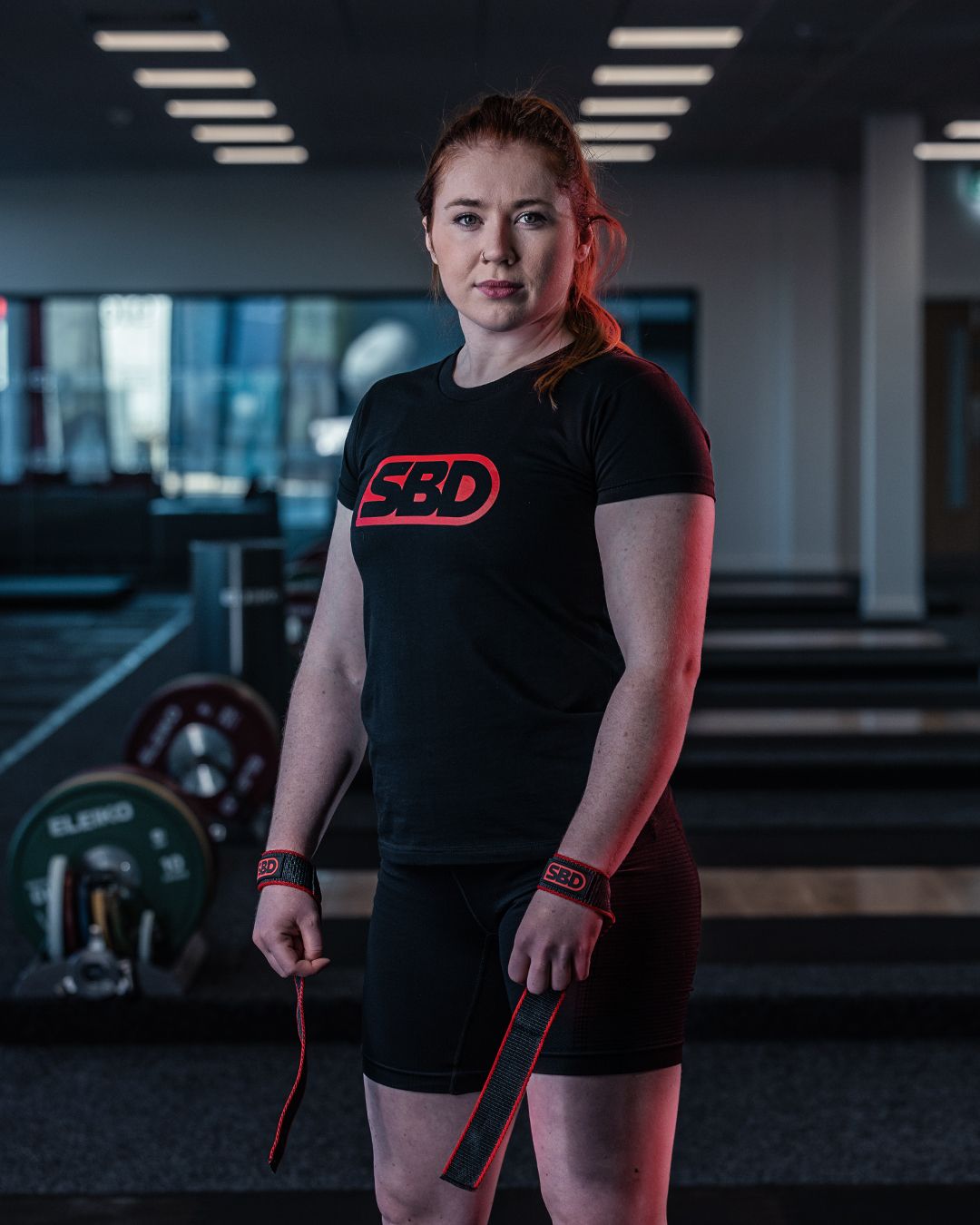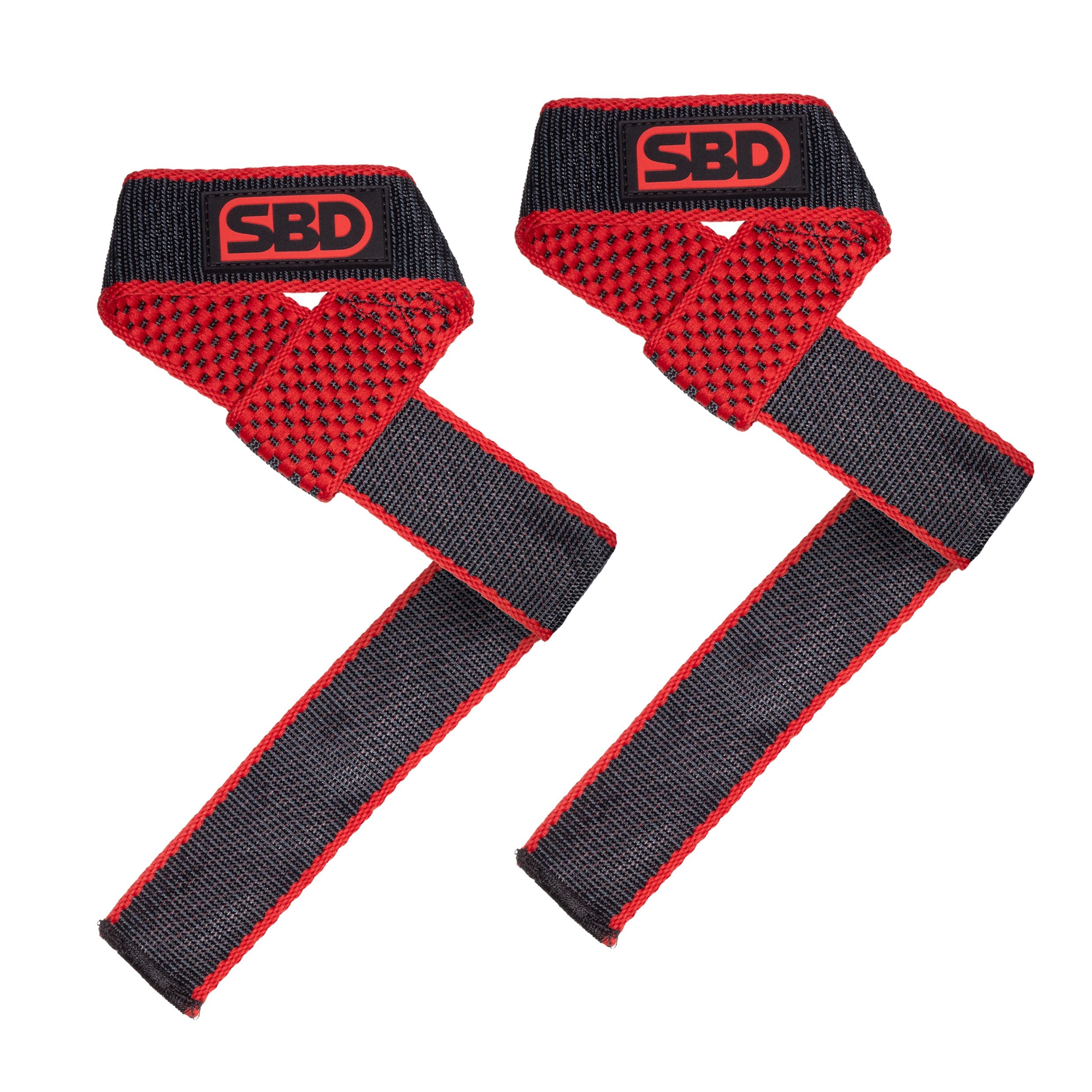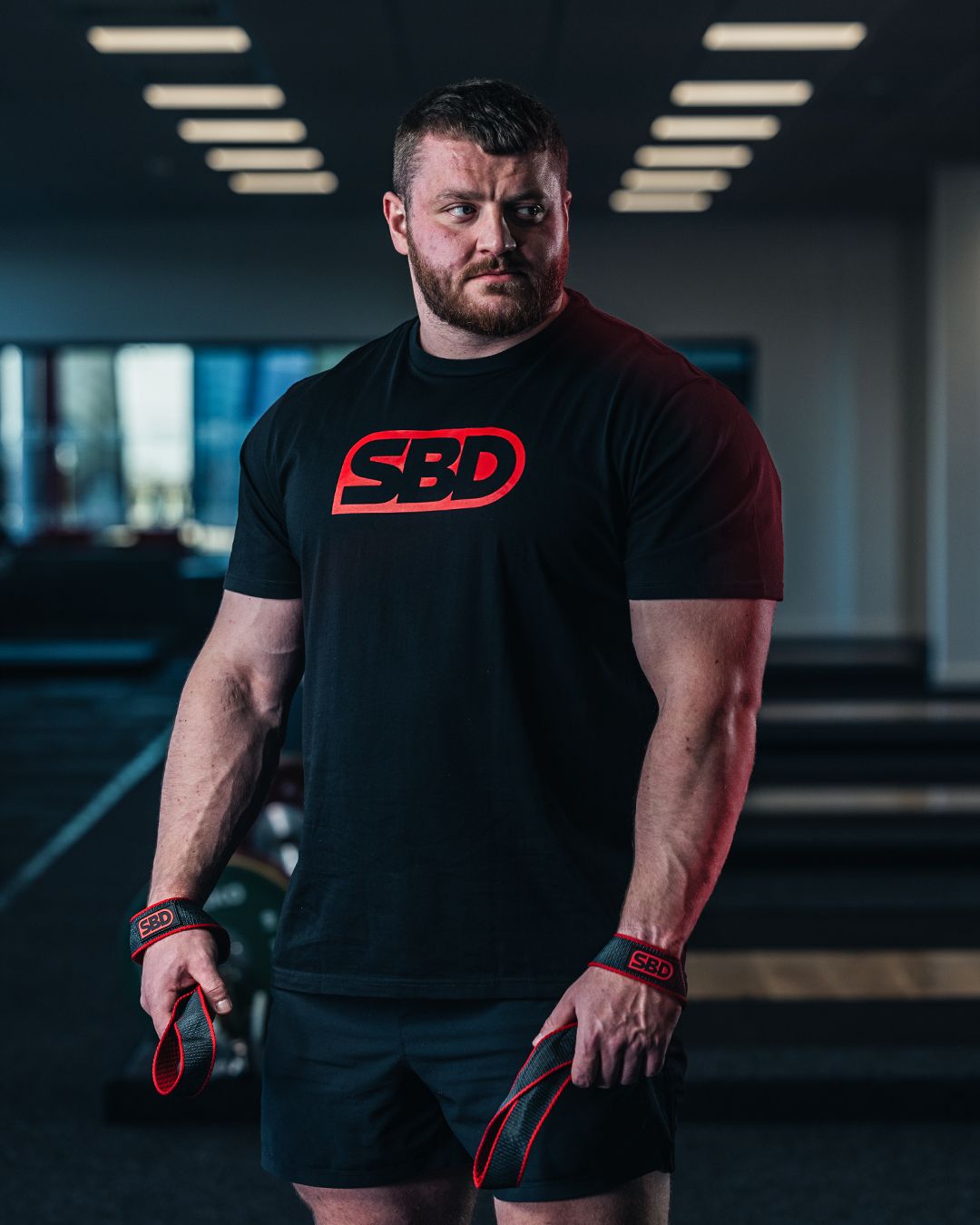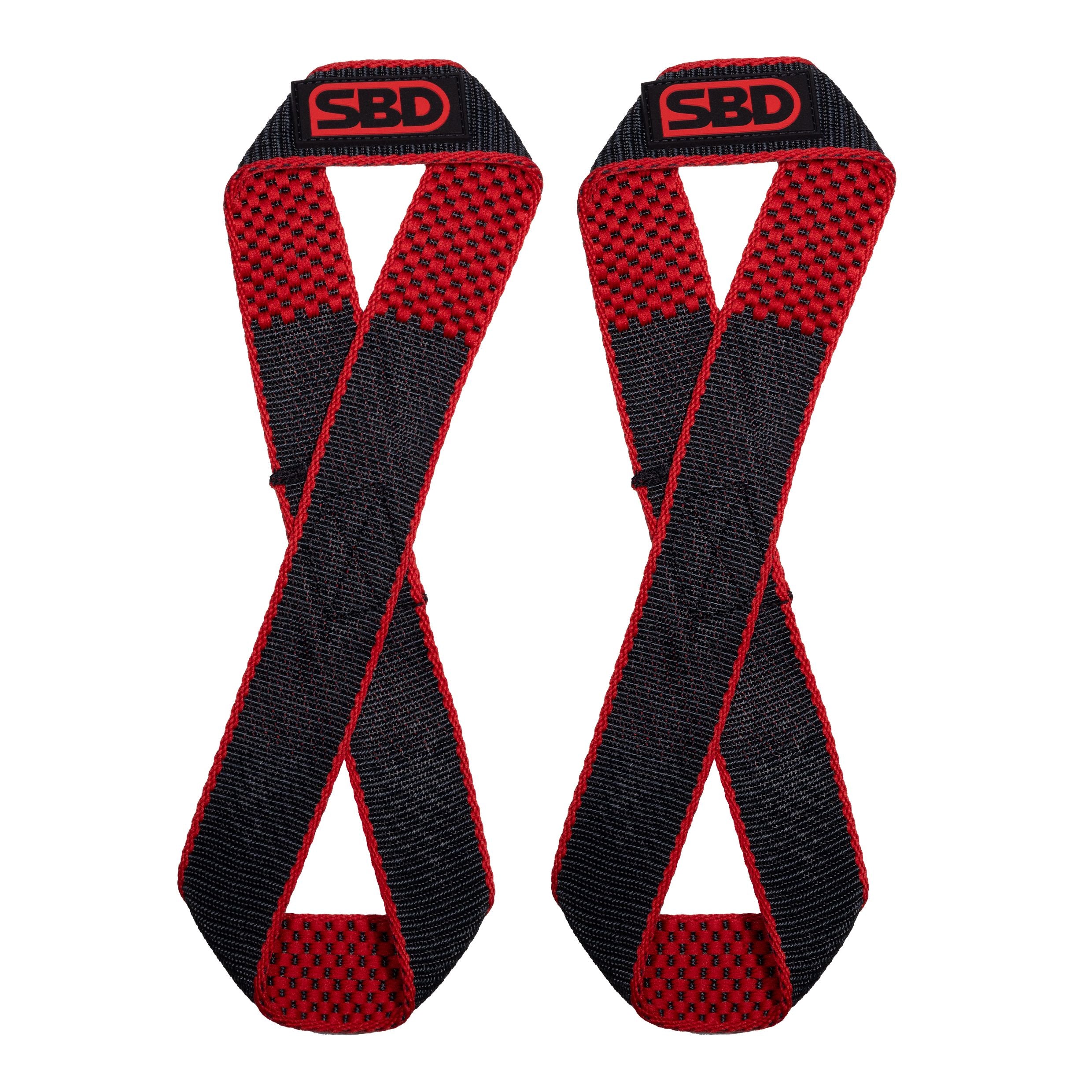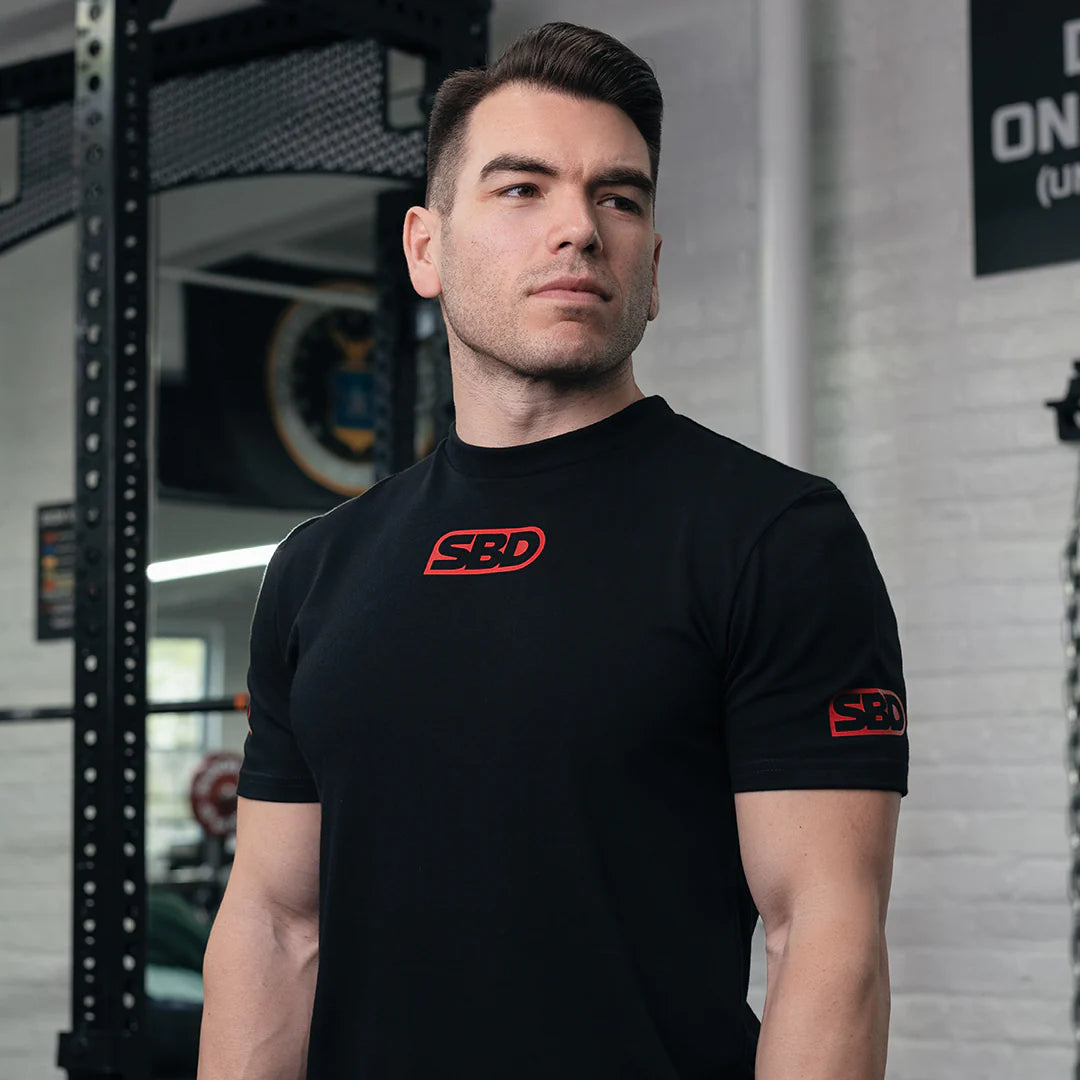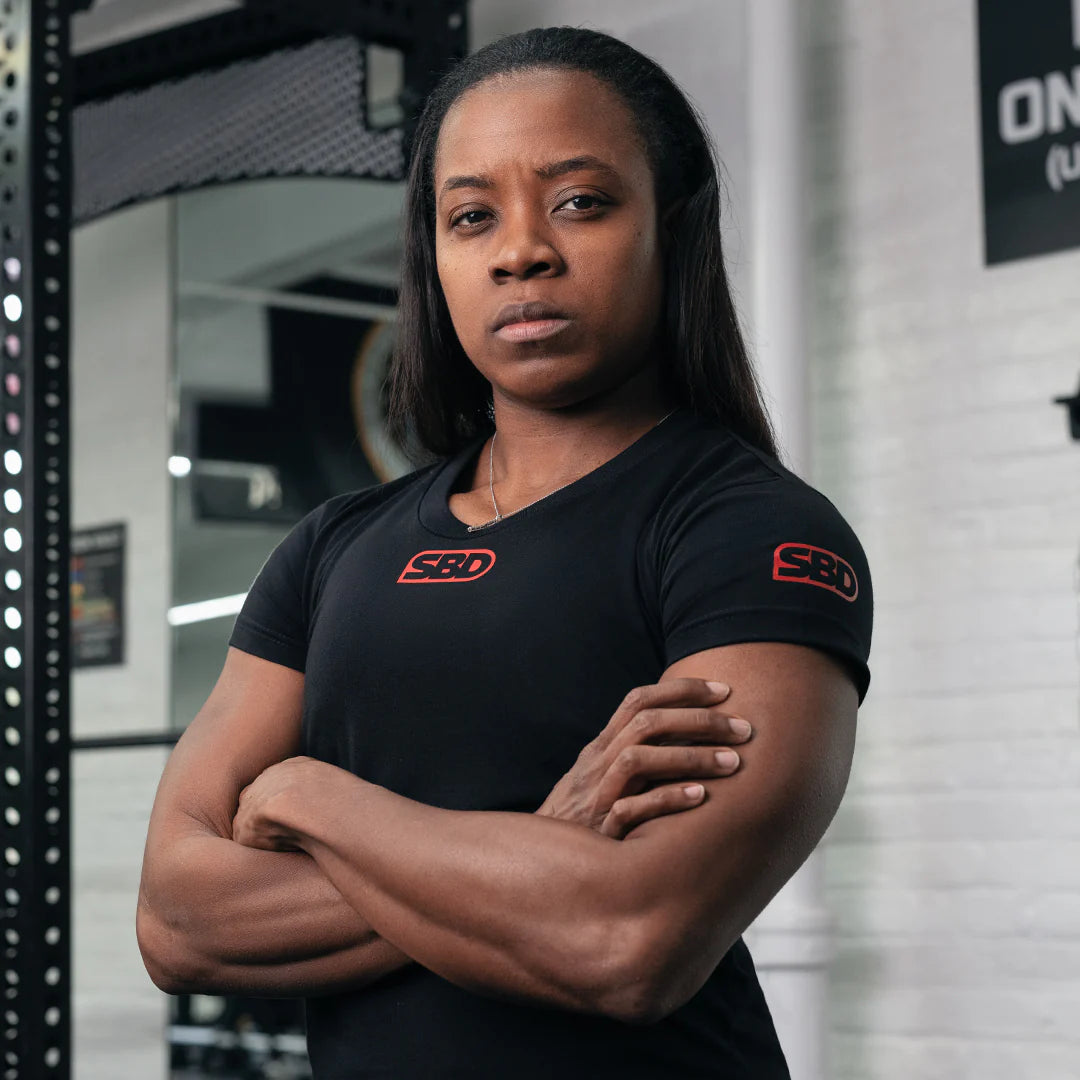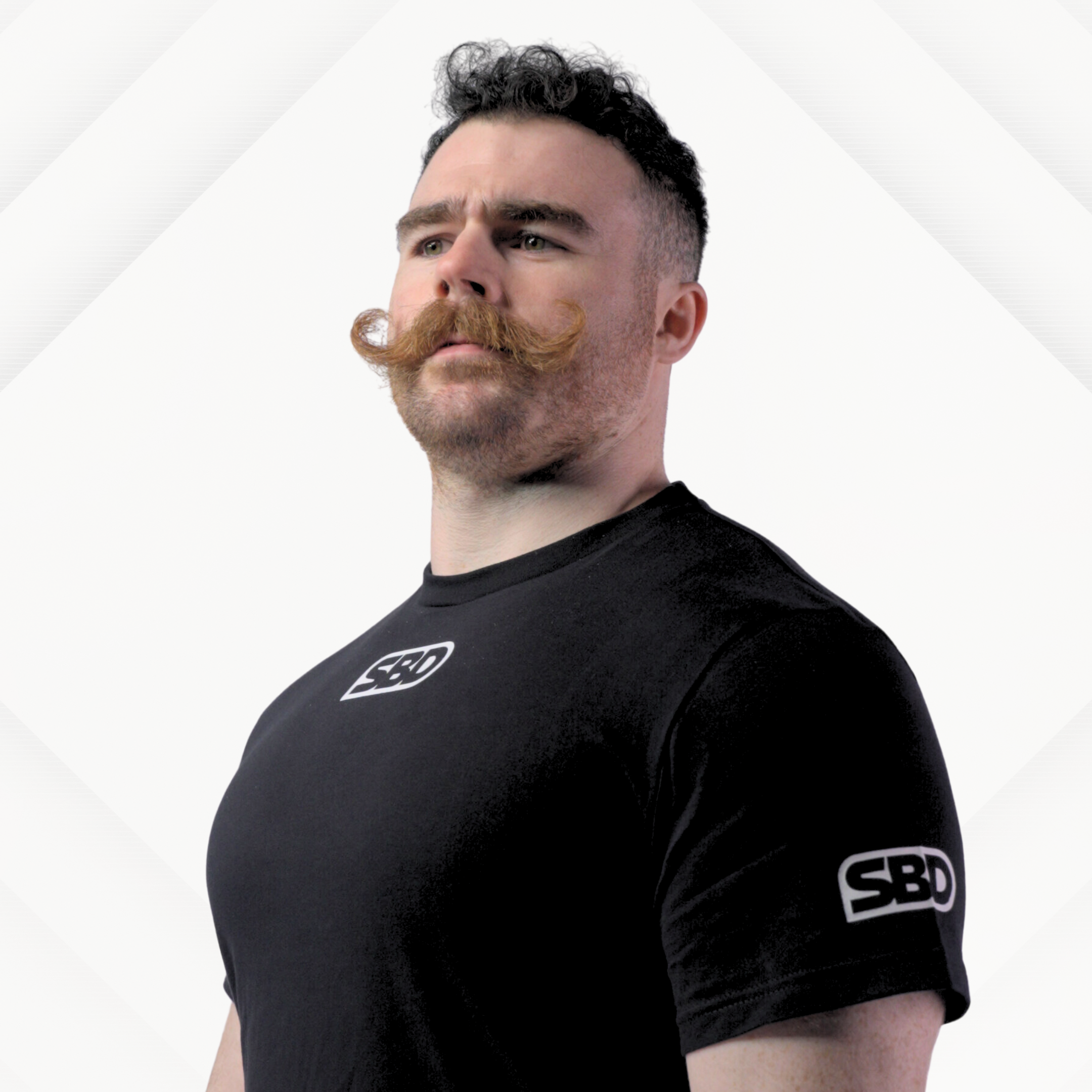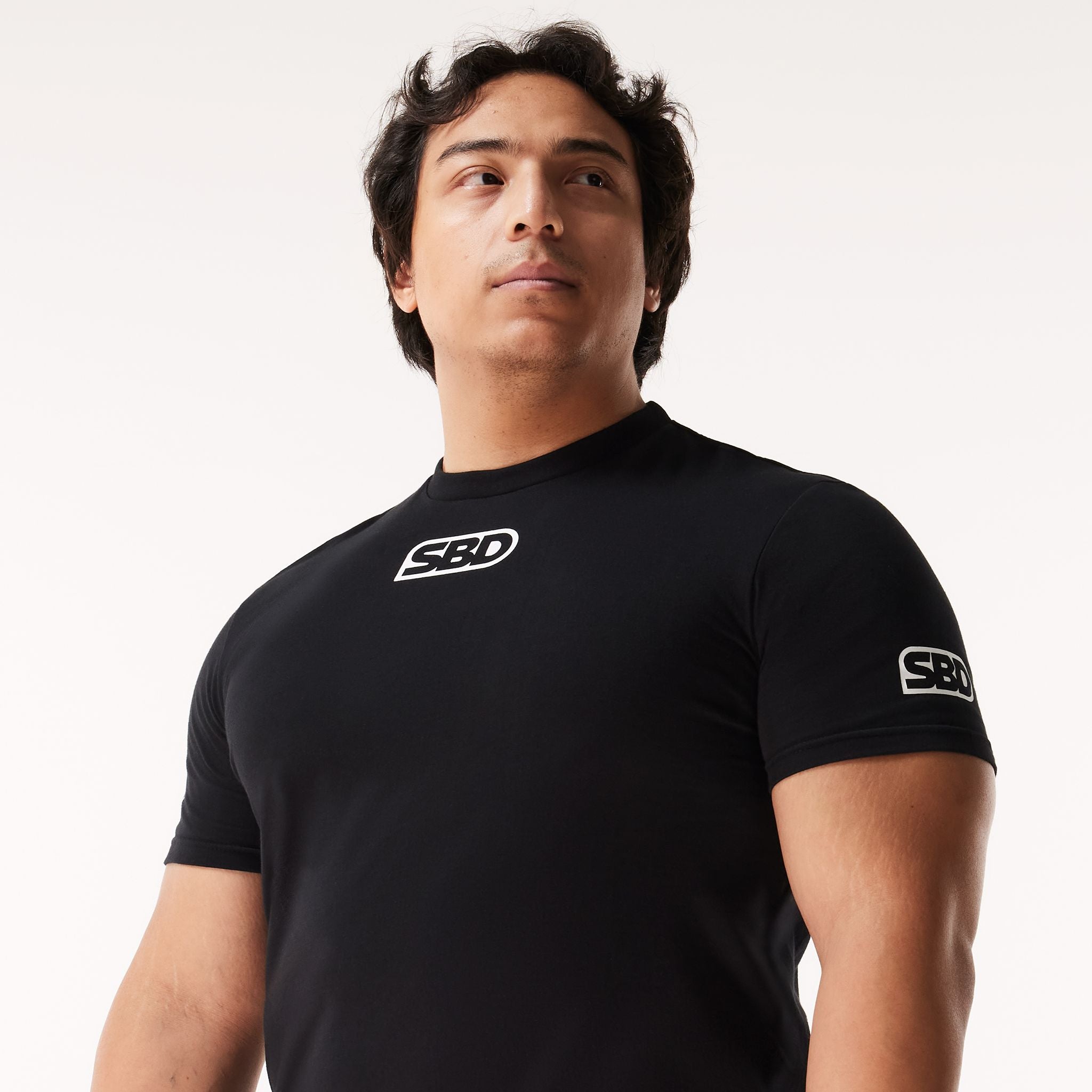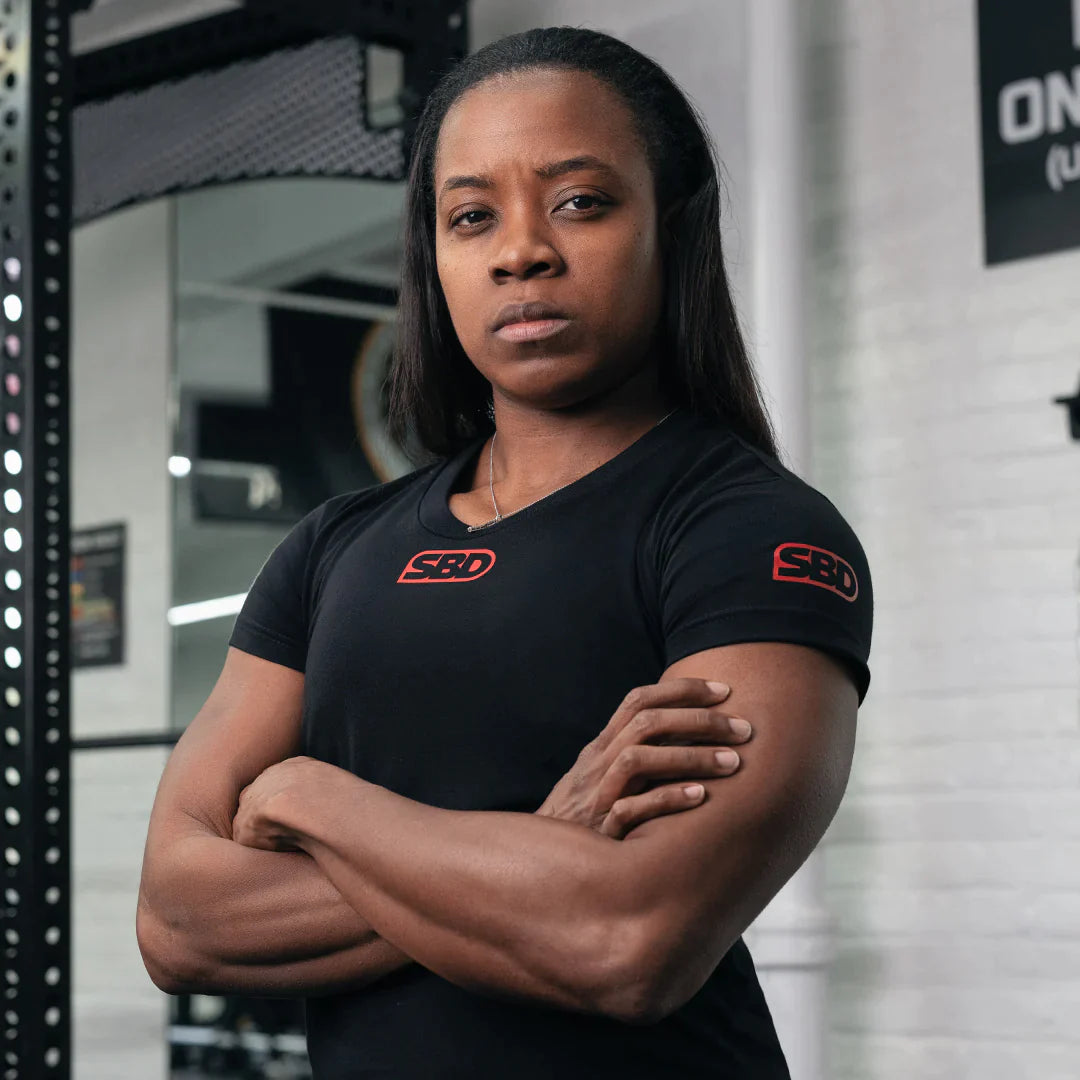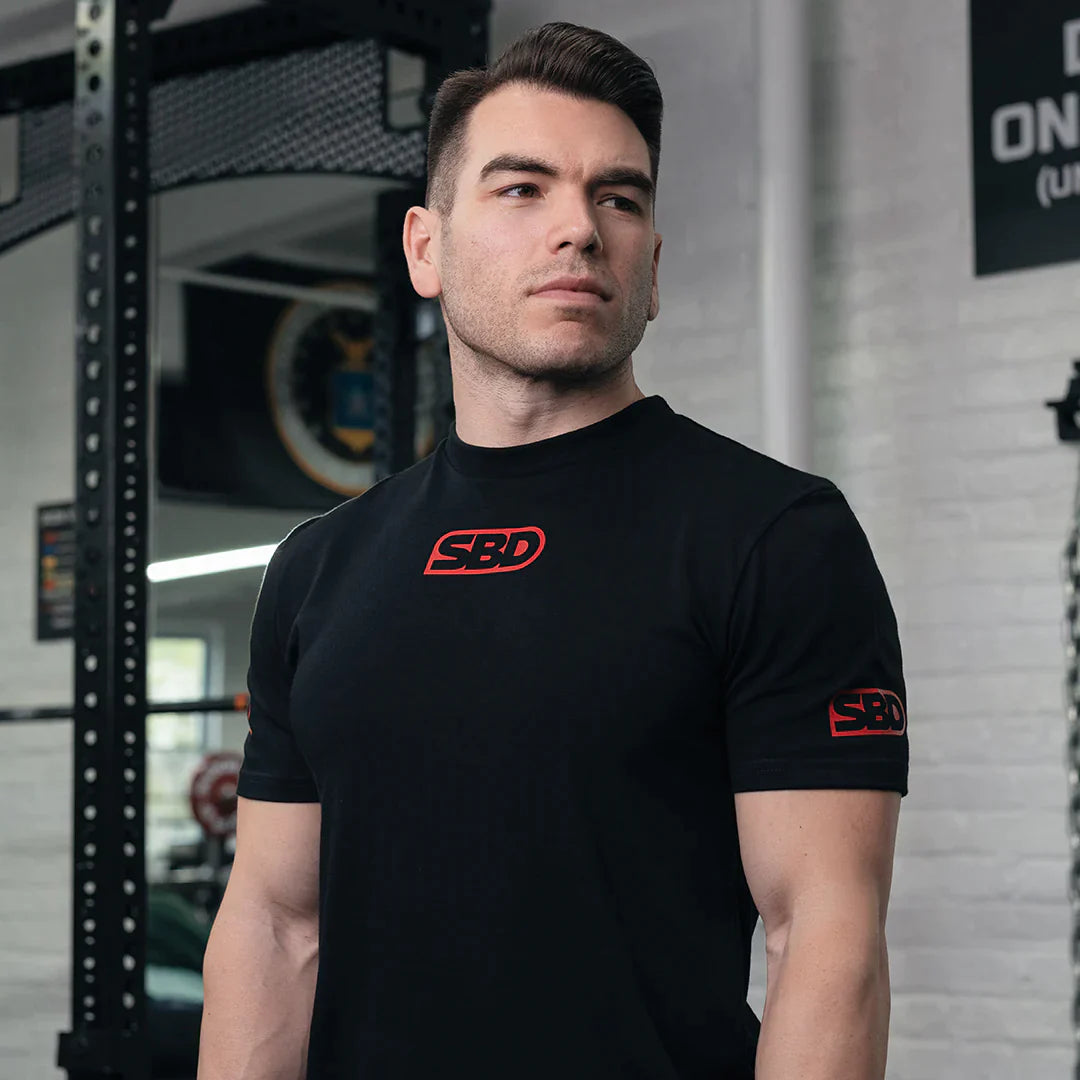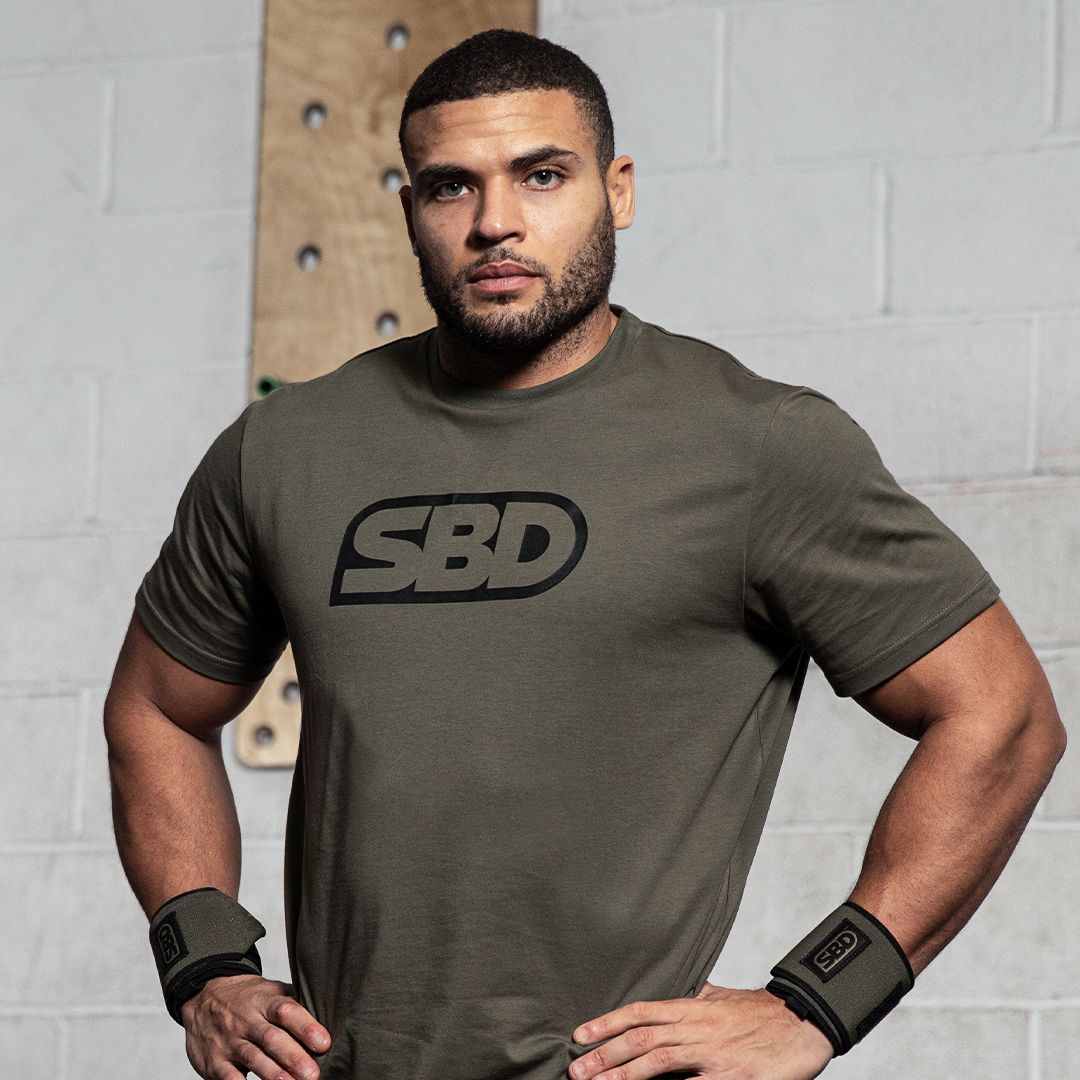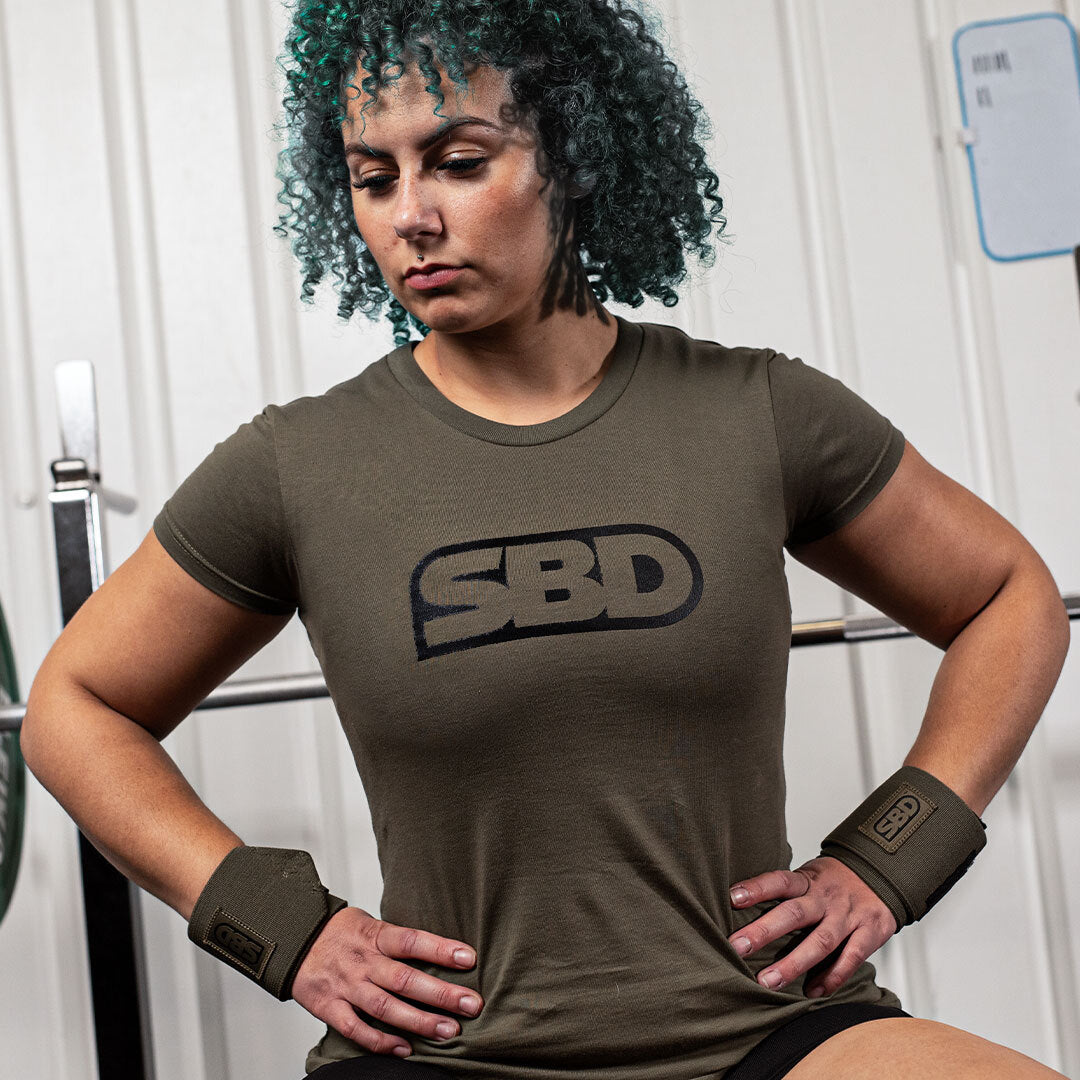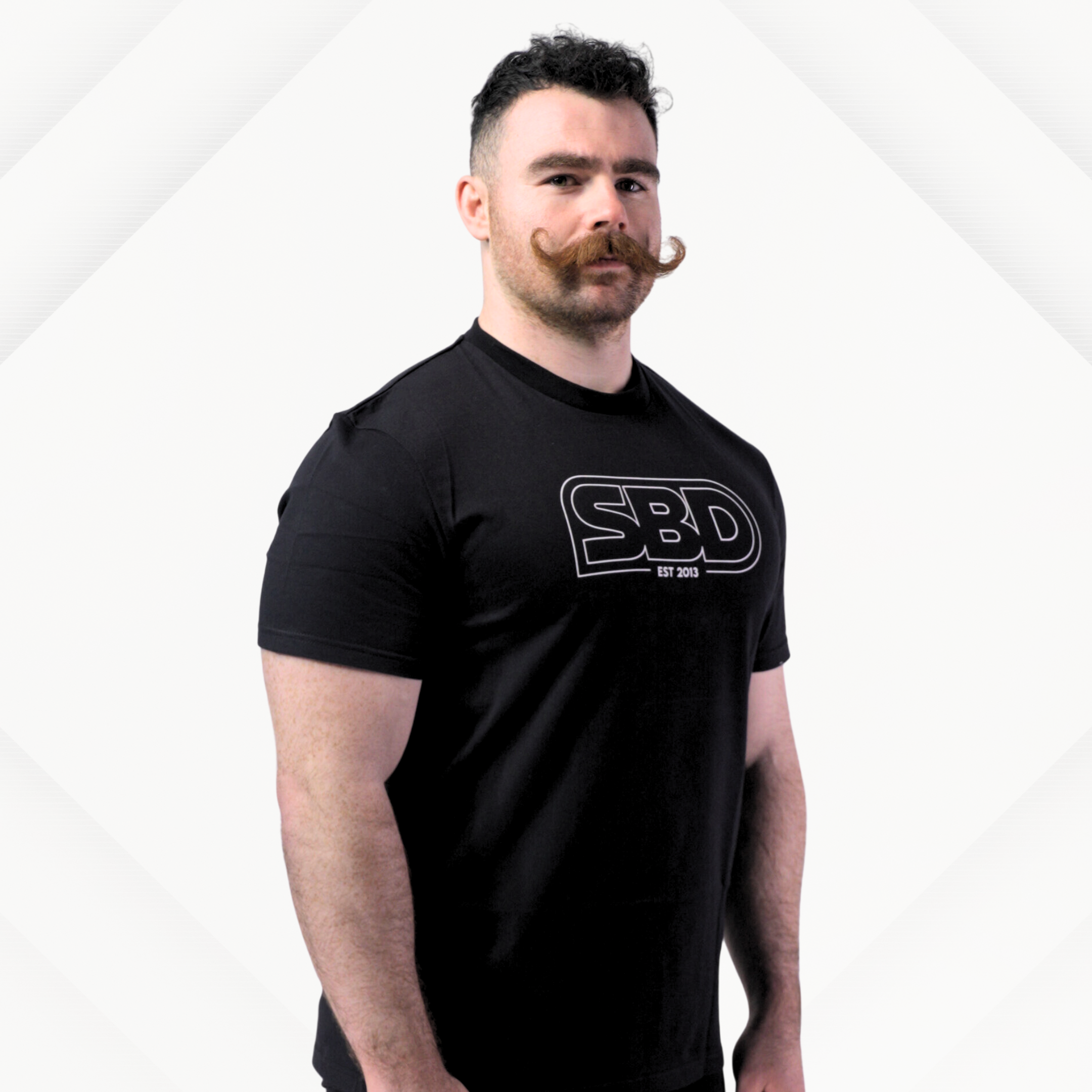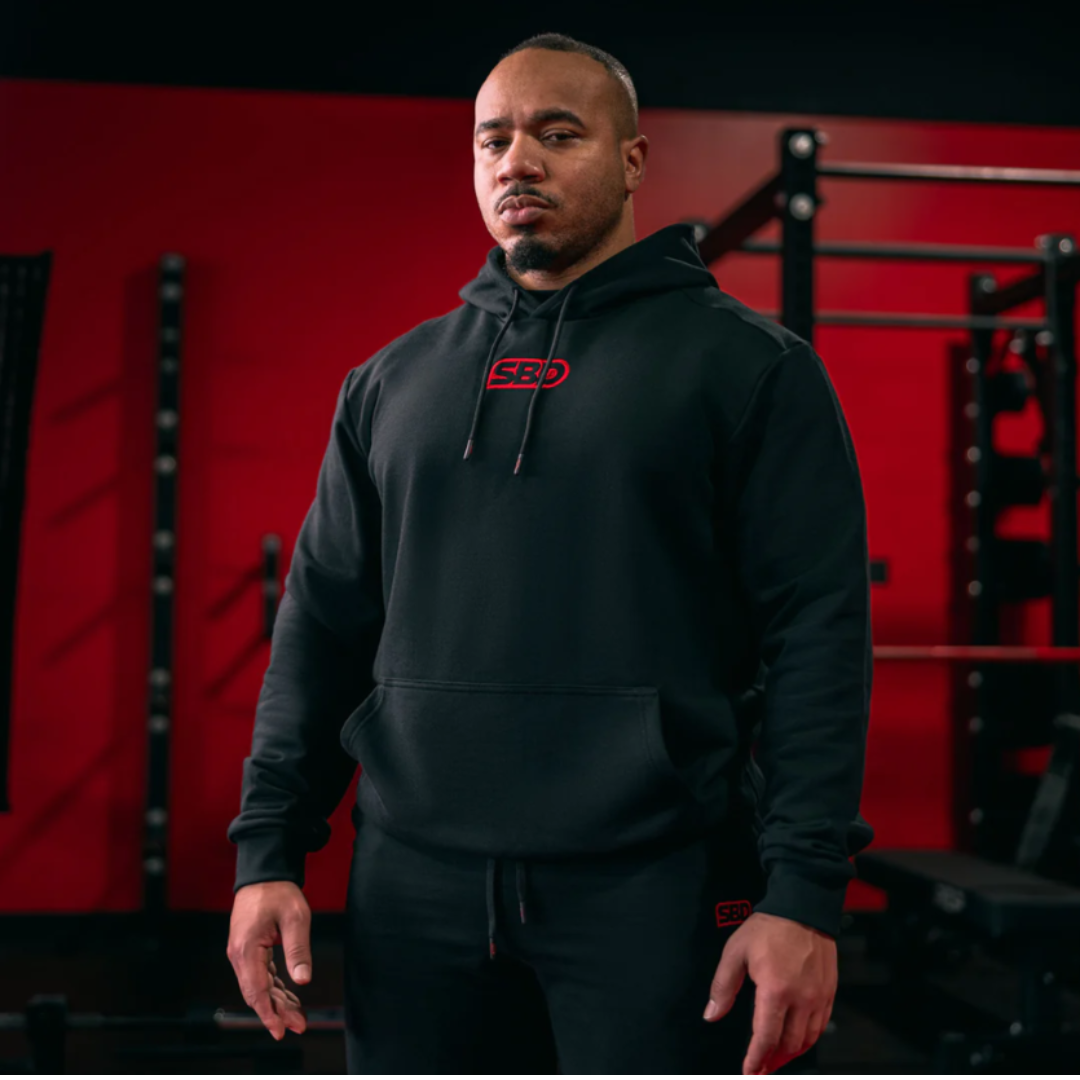Most lifters associate a big bench press with strong pecs, shoulders, and triceps. While that's true, what many overlook is the role of core strength in achieving a bigger bench press. Your core, acting as the central conduit between upper and lower body, is critical for generating force, maintaining control, and preventing injury.
Understanding the Bench Press Movement
Primary Muscles Involved
At face value, the bench press appears to primarily work the pectoralis major, anterior deltoids, and triceps brachii. These are indeed the prime movers, but this viewpoint is incomplete.
The Hidden Role of Stabilising Muscles
The serratus anterior, scapular stabilisers, and especially the transverse abdominis and obliques—components of the core—play pivotal roles. They ensure the body remains aligned and tight, allowing force to travel more efficiently from the ground, through the body, into the barbell.
What is Core Strength?
Defining the Core
Core strength isn’t just about visible abs. It refers to the collective strength of muscles in the torso, including the rectus abdominis, transverse abdominis, internal and external obliques, erector spinae, multifidus, pelvic floor, and diaphragm.
Core vs. Abdominals: The Distinction
While “abs” are superficial, the core encompasses deep stabilisers crucial for functional movement. A strong core doesn’t just support posture—it’s instrumental for performance in compound lifts like the bench press.
Biomechanics of the Bench Press
Spinal Stability and Power Transfer
During a bench press, the body must form a rigid “bridge” between the shoulders and the glutes. That rigidity comes from core activation, which prevents arch collapse and maintains thoracic extension—vital for pressing heavy loads.
Lifting Technique and Core Engagement
Proper technique demands conscious bracing of the core. Without it, force bleeds out, reducing bar speed and increasing injury risk. Bracing also prevents lumbar hyperextension, commonly seen in maximal effort lifts.
How Core Weakness Limits Bench Press Progress
Common Mistakes Due to Weak Cores
Lifters with underdeveloped cores often:
-
Struggle to maintain tightness throughout the rep
-
Shift awkwardly on the bench
-
Experience bar path inconsistencies
These flaws lead to inefficient lifts and reduced strength output.
Injury Risks and Plateaus
A weak core increases risk for:
-
Lower back pain
-
Rib cage flaring
-
Thoracic outlet syndrome
More critically, it can lead to stagnation in bench press progress even if upper body strength improves.
Core Activation Techniques for Bench Press
Bracing Techniques
Bracing is the art of tightening your core before and during the lift. You can practise this by imagining you're about to be punched in the gut—this triggers the transverse abdominis, the deep stabiliser.
Breathing for Stability
The Valsalva manoeuvre is commonly used: take a deep breath into your belly, brace, and hold during the press. This creates intra-abdominal pressure (IAP), maximising spinal support.
Best Core Exercises to Support a Bigger Bench Press
Isometric Exercises
These develop core endurance and control, both vital under heavy loads:
-
Planks (standard, side, and RKC variations)
-
Dead bugs
-
Bird dogs
-
Pallof presses
Dynamic Compound Movements
To enhance core strength in motion, integrate:
-
Barbell rollouts
-
Farmer’s walks
-
Turkish get-ups
-
Hanging leg raises
-
Weighted carries
Programming Core Work into Your Bench Routine
Weekly Schedule Sample
| Day | Focus | Core Exercise |
|---|---|---|
| Monday | Bench Press Max | RKC Planks, Hanging Leg Raises |
| Wednesday | Accessory Push | Dead Bugs, Farmer’s Walks |
| Friday | Upper Body Volume | Pallof Presses, Rollouts |
Recovery Considerations
Don’t overtrain your core. Include active rest days, hydrate well, and focus on mobility work to maintain healthy thoracic and lumbar regions.
Nutrition and Core Recovery
Muscles recover with adequate protein intake, micronutrients (like magnesium and zinc), and sleep. Your core is no exception. Emphasise whole foods to fuel muscle repair and prevent midsection fatigue from impacting your lifts.
FAQs
1. Does core strength really matter for the bench press?
Yes. A strong core ensures spinal stability, enhances force transfer, and prevents injury—critical for heavier lifts.
2. How often should I train my core for bench gains?
Aim for 3 sessions a week, balancing isometric and dynamic movements tailored to your program.
3. Can core work help if I'm already benching heavy?
Absolutely. It refines technique, builds control, and can help break through plateaus.
4. What’s the best breathing method during the bench press?
Use the Valsalva manoeuvre: inhale, brace your core tightly, and exhale at the top of the rep.
5. Are sit-ups enough for bench press gains?
Not really. Sit-ups focus mainly on rectus abdominis. You need full-core integration through stabilising and compound exercises.
6. Can core training help prevent shoulder injuries during bench press?
Yes. A strong core supports better scapular stability and posture, reducing shoulder strain.
Conclusion: Why the Core is Your Secret Weapon
To maximise your bench press potential, you must look beyond your chest and arms. The core is your anchor, your stabiliser, and your silent powerhouse. Incorporating smart core training isn't just smart—it's essential. Whether you're pushing past a plateau or aiming for your first 100kg bench, the journey begins at the centre: your core.





